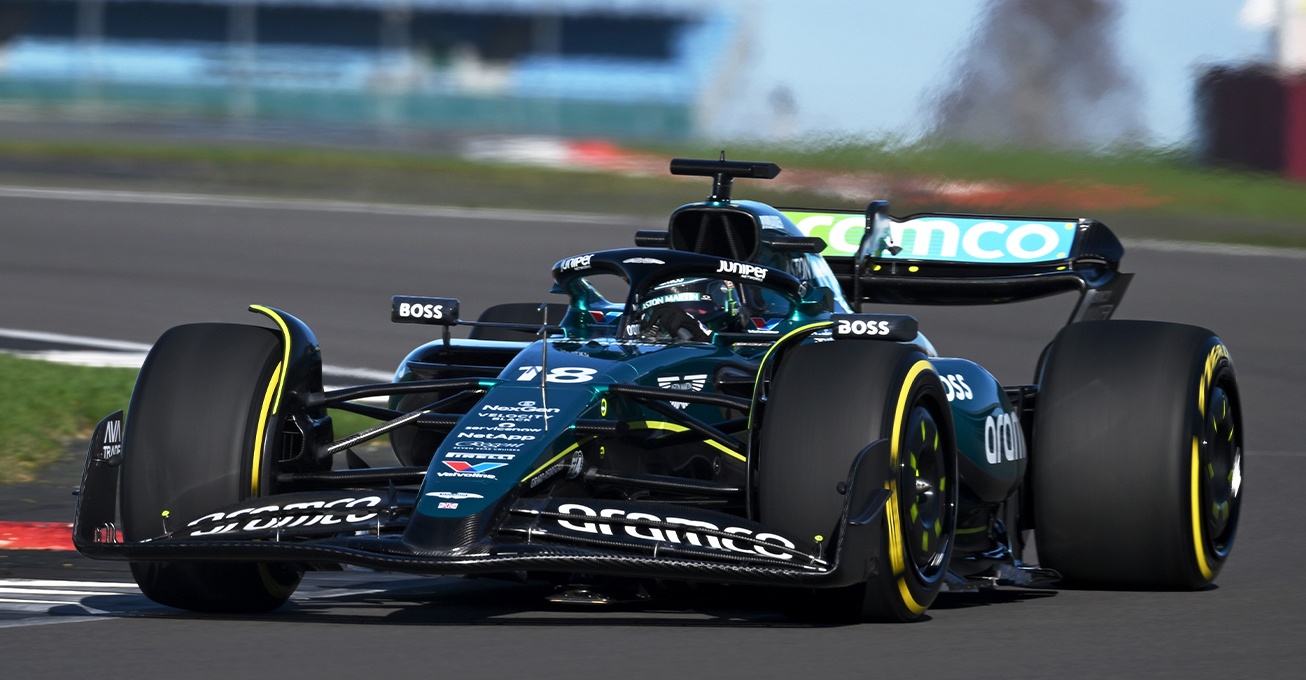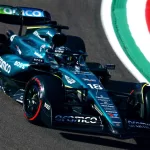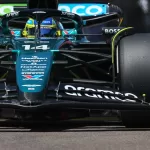The Canadian Grand Prix has featured on the calendar since 1978 and is set to continue until 2031. The 4.361km track has 14 Turns and 3 DRS zones (two detection points located at Turn 6 and 9).
The circuit at Montreal has been given a “Medium” overtaking probability by the Aston Martin F1 Team, where one of their drivers, Lance Stroll, calls the track his home race. The circuit, which was resurfaced for the 2024 race, comprises many slow and medium-speed corners with a plethora of chicanes. Regarding the latter, a good front end is required to control the car through these sections.

Going into the first braking zone at Turn 1, drivers will stick to the left hand side to allow them to be straight going into a braking zone so you can reduce the amount of lateral deceleration. Braking late isn’t too important at Turn 1 but making sure you carry some speed through it is as you can lose a lot of time in the hairpin. The same rule applies at Turn 6 where you need to straight line the braking. Drivers will be on the far right side to maximize the approach. At Turn 7 you’re at risk of the rear snapping out so a good entry can help prevent this. At T8 and 9 the drivers will most likely aim to miss the sausage kerb and try to maximize the circuit at 9 with the cars being right up against the wall. The hairpin at 10 has low grip which may result in the cars going wide at 11 so further corrections would have to be made. Turn 13 must be taken flat, which can result in crashes at the wall on 14 (known as the wall of champions).
Warming up tyres is a real challenge around the circuit – Ferrari during the 2024 Qualifying had difficult in this area.

The track features low abrasion and therefore low grip. When the track isn’t temporarily home to Formula 1, it’s used by walkers and cyclists so track evolution is incredibly high as the cars rubber-in the surface. However, it often rains around this circuit so the likelihood of it being washed away is high. Due to this, the probability of graining is high, which impacts the softer compounds more. There’s very little lateral forces due to what was said prior.

Due to not being too technical, the circuit’s Safety car probability is at 50% so teams may not decide to extend their stint where they’d traditionally hope of getting a cheap pitstop. Because of the low grip levels and low pit loss, teams may opt to actively try and undercut their opposition. Overtaking is easier than Monaco due to the long straight from Turn 11 to 13. Late braking spots will most likely be Turns 1, 3, 6, 10 and 13.

With the freshly resurfaced track the dominant strategy seems to be the two stop. From what has been seen previously, the Medium tyre doesn’t seem too comfortable on an extended stint around the circuit so with the 1 stop strategy the pit window may be at the lower end of the scale. In contrast to the Medium tyre, the Hard seemed to do well with little graining being seen. As was stated earlier, the track evolution is high due to the rubbering-in effect. Therefore, the Medium – Hard – Medium strategy could be competive as the final stint’s Medium compound could be competitive.
Typically, displaced drivers may start on the softs to make up key positions due to extra grip going into Turn 1. This will most likely not be the case on race day due to it being unlikely they’ll last a long time. At Canada, once the tyre performance starts to drop, it drops dramatically. It’s expected that the Medium compound will have a 3-metre grip advantage up to 150km/h into Turn 1 compared to the Hard tyre which isn’t much. That said, it does allow more flex if there’s an early Safety Car.

TRIVIA:
- Fastest Lap Record – 1:13.078 – Valterri Bottas
- Most Wins – Michael Scumacher + Lewis Hamilton – 7
- Pit loss: 18.5 : 9.5s (Green flag : Safety Car)
- 70 Laps





